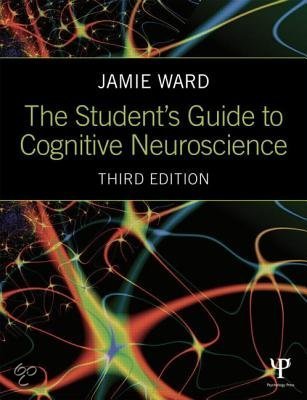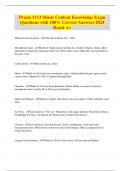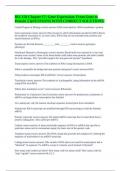Samenvatting
Samenvatting 0HV40 Brain, Body And Behaviour - The Student's Guide to Cognitive Neuroscience
- Instelling
- Technische Universiteit Eindhoven (TUE)
Summary contains a table with the key words for each chapter, a summary on all the content of the chapter, concluded by the summary & key points from the book. The summary is written in a story style rather than bullet points, so essentially it's a short version of the book. Based on the book: 'The...
[Meer zien]














